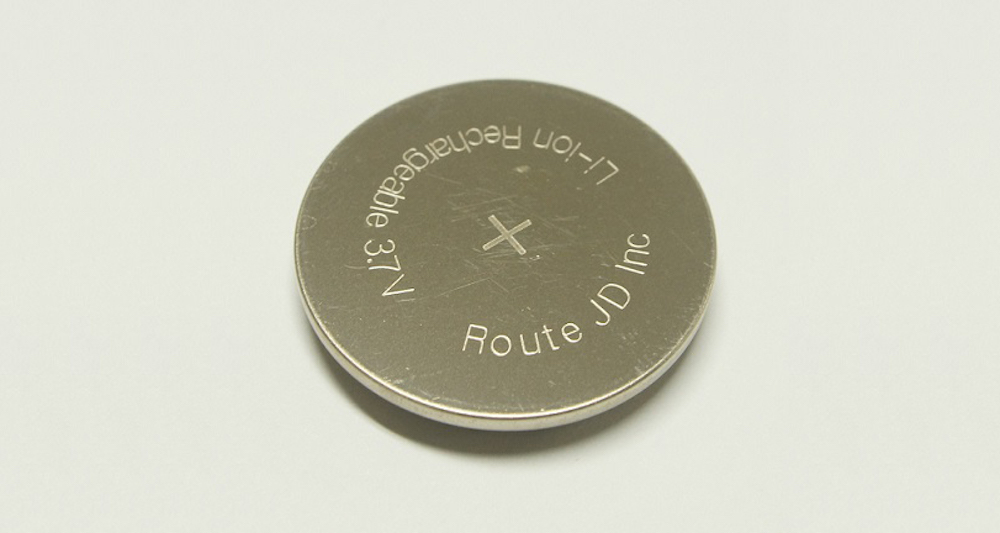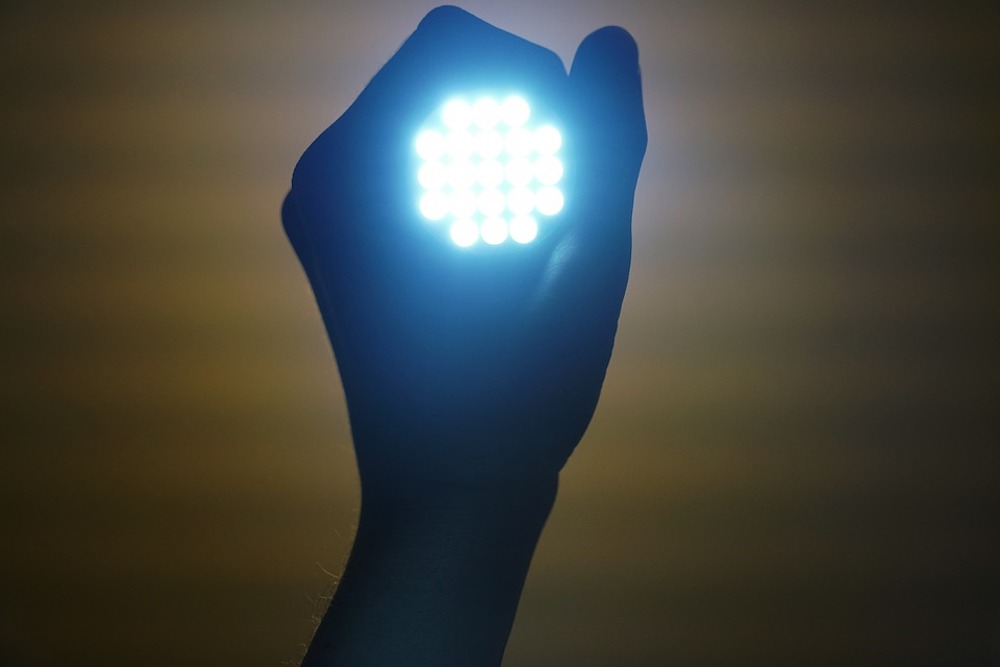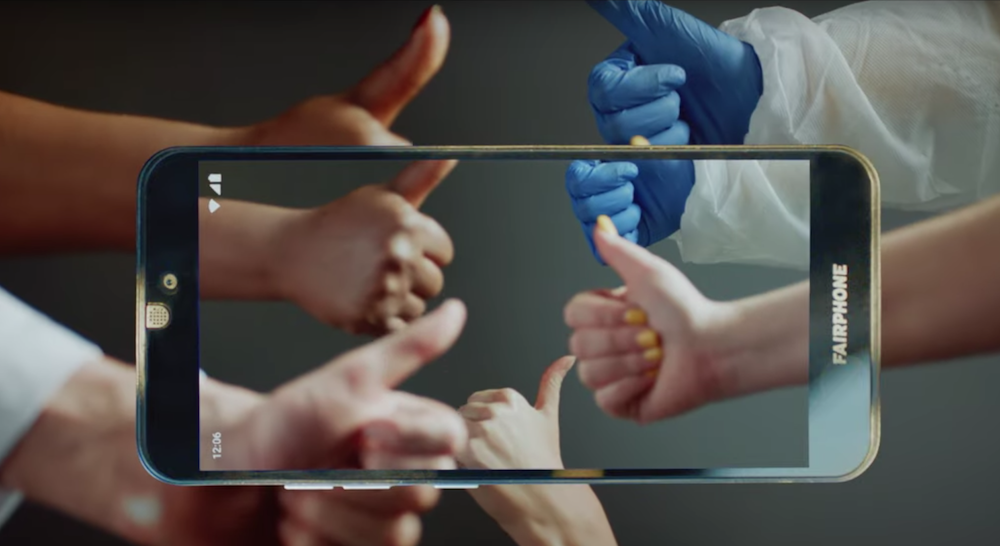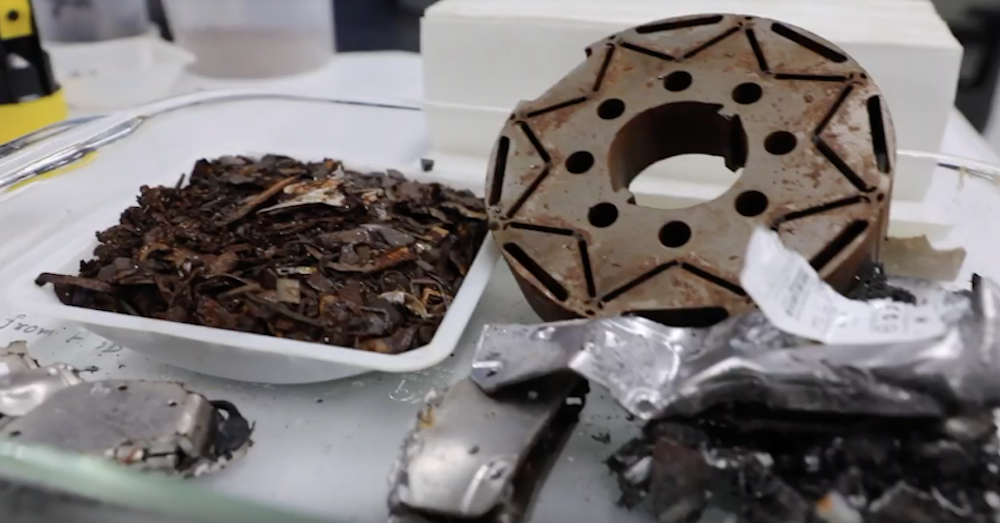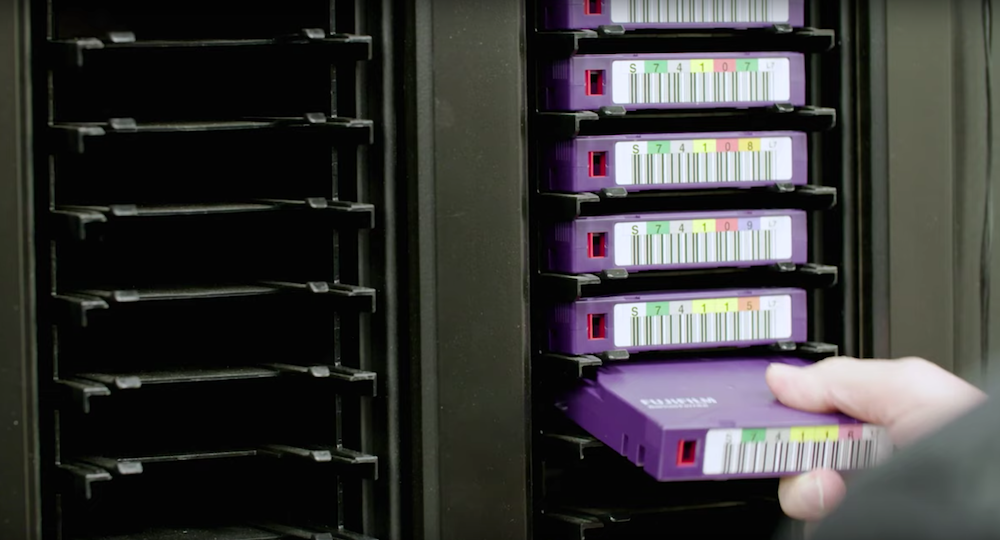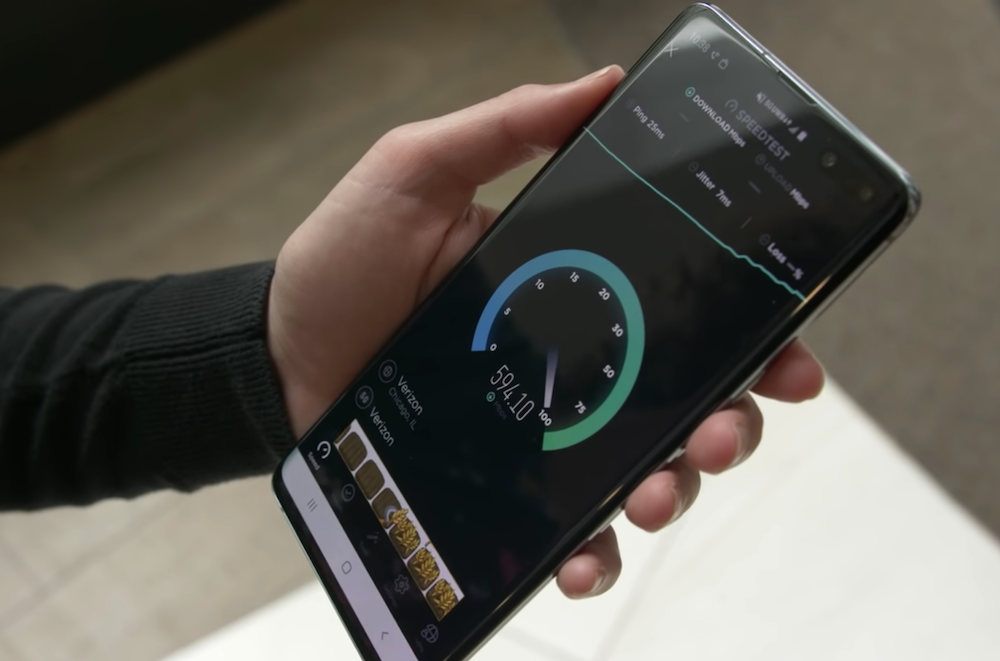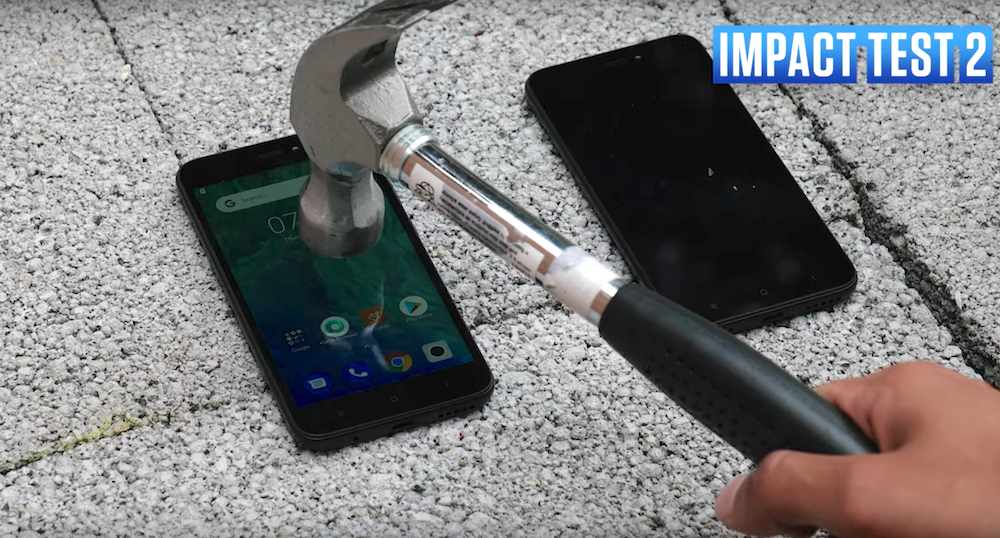On October 9, the Royal Swedish Academy of Sciences awarded the 2019 Nobel Prize in Chemistry to three scientists for their work to develop lithium-ion batteries. John Goodenough, a luminary in the field of solid-state physics, is one of this year’s winners—learn more about his history and current research.
Read MoreCreating blue LEDs is challenging, especially when they are blue perovskite LEDs. Researchers in China, the United Kingdom, and the United States found mixing nanoparticles and quasi-2D layers can simplify the process and increase efficiency.
Read MoreThe Right to Repair movement calls for manufacturers to give consumers the ability to repair their own devices. Fairphone, a social enterprise company, designs and produces smartphones that are easily repairable and have minimal environmental impact.
Read MoreMagnonics, an emerging field of magnetism, could provide an alternative method of data manipulation to silicon electronics. Researchers from universities in Russia, the Netherlands, and Germany developed a superconducting/ferromagnetic material for magnonic applications.
Read MoreExtracting rare earth elements from e-waste can be difficult. The Department of Energy’s Critical Materials Institute and other labs are collaborating to develop new recycling methods—and one method is set for commercial production of rare-earth oxides.
Read MoreAlthough VHS tapes are viewed as a dead technology in the public entertainment sector, magnetic tapes provide valuable archive storage for companies and organizations handling big data—but an ongoing patent battle makes obtaining the newest tapes difficult.
Read MoreThe smartphone industry is often considered to have an increasingly negative impact on the environment. But an opposing argument that smartphones are the heroes, rather than villains, of this story exists as well. How could that be?
Read MoreSince 2015, Google has been developing radar sensors that will allow hands-free phone operation. Google plans to put the technology into practice with the release of the Pixel 4 this fall.
Read MoreAs mobile carriers push ahead with plans to release 5G networks, NOAA, NASA, and other parts of the scientific community warn that frequencies currently planned for use in 5G could interfere with weather forecasting.
Read MoreWhen it comes to smartphone screen protectors, you can choose between plastic, glass—and liquid glass. See how liquid glass screen protectors compare to tempered glass and uncovered screens when put through a few DIY scratch tests.
Read More
